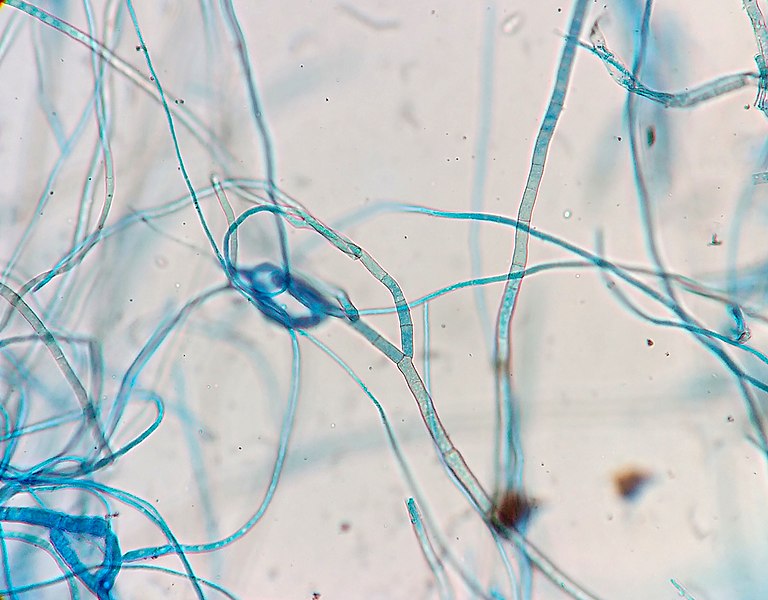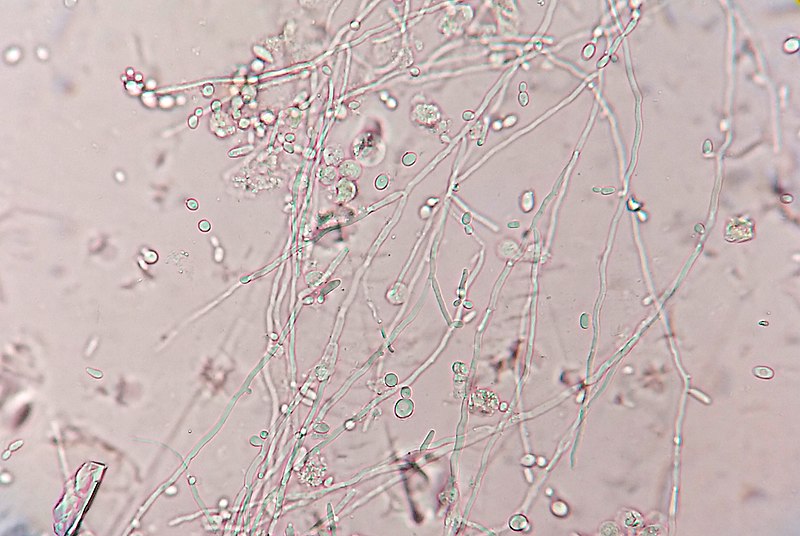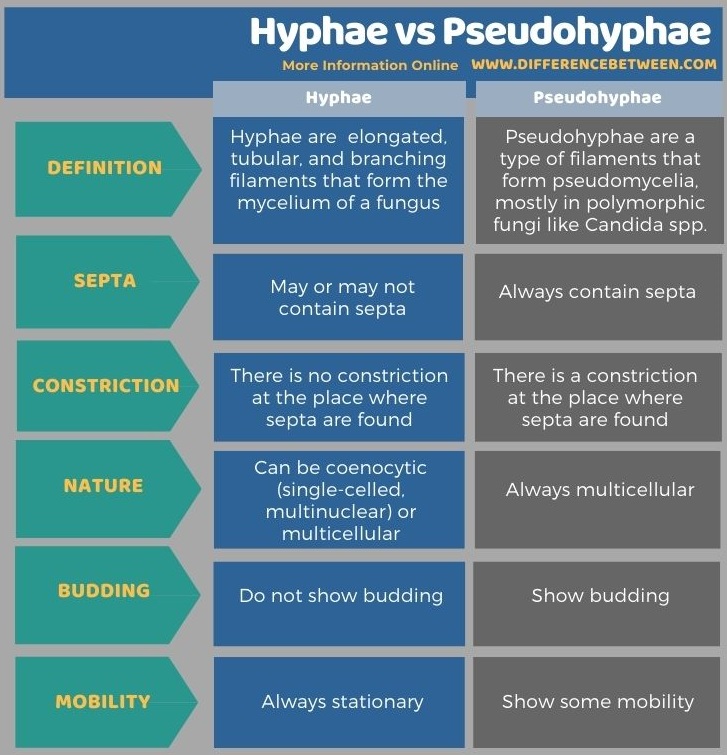Difference between Hyphae and Pseudohyphae
Table of Contents
This is the key difference between hyphae and pseudohyphae is that hyphae may or may not contain septa, whereas pseudohyphae always contain septa.
Hyphae and pseudohyphae (singular – hypha and pseudohypha) are two types of filaments that compose vegetative structures found in fungi. Most fungi except a few (ex: yeast) form either hyphae or pseudohyphae. Both structures support spores for reproduction and dissemination by exhibiting various physiological and biochemical activities. These two structures along with yeast form are characteristic features of polymorphic fungi.
CONTENTS
1. Overview and Key Difference
2. What are Hyphae
3. What are Pseudohyphae
4. Similarities Between Hyphae and Pseudohyphae
5. Side by Side Comparison – Hyphae vs Pseudohyphae in Tabular Form
6. Summary
What are Hyphae?
Hyphae are defined as elongated, tubular, and branching filaments that form the mycelium (the vegetative part of a fungus consisting of numerous filaments) of a fungus. A single hypha consists of one or more elongated tubular cells. Multicellular hyphae are internally divided by cross walls, septa (singular – septum) displaying a chain of closely packed cells. Hyphae with septa are called septate hyphae while hyphae without septa are called aseptate hyphae. Fungi are classified according to the above two characters which are based on cell division. There are several other classifications of hyphae according to the form and appearance (e.g.|generative, skeletal, hyaline, granular etc.)

Figure 01: Fungal Hyphae
Hyphae are modified according to the function. For example, the hyphae found in lichens (fungal-algae associations) are modified to protect its reproductive structures and makes a large portion of the infrastructure including the formation of attaching pads to a substrate.
Examples for fungi with true hyphae: –
- Mucor mucedo(composed of aseptate hyphae)
- Trichoderma viride (composed of septate branched hyphae)
What are Pseudohyphae?
Pseudohyphae are a type of filaments that form pseudomycelia, mostly in polymorphic fungi like Candida spp. It is composed of ellipsoidal and elongated yeast-like cells. These cells remain connected as a chain with constrictions at the site where septa found. Pseudohyphae form during the cell division and newly divided cells through budding remain adhered as chains and branches. Some scientists consider pseudohyphae as an intermediate state between yeast-like cells and true hyphae.
For example, in Candida albicans, pseudohyphae function as an invasive mobile form. It is thought that the pathogenicity of C. albicans is increased when it is found as pseudomycelium.

Figure 02: Candida with Pseudohyphae
Examples for fungi with pseudohyphae: –
- Candida albicans (an organism that causes candidiasis)
- Saccharomycopsis figuligera
What are the Similarities Between Hyphae and Pseudohyphae?
- Hyphae and pseudohyphae are two types of filaments that compose vegetative structures found in fungi.
- Both components help to bear reproductive structures.
- These components are found in polymorphic fungi and in some dimorphic fungi.
What is the Difference Between Hyphae and Pseudohyphae?
Hyphae may or may not contain septa, whereas pseudohyphae always contain septa. This is the key difference between hyphae and pseudohyphae. There is no constriction at the place where septa are found in hyphae, but there is a constriction at the place where it is found in pseudohyphae. Moreover, hyphae can be coenocytic (single-celled, multinuclear) or multicellular, but pseudohyphae are always multicellular. In addition, hyphae do not show budding whereas pseudohyphae show budding through which it grows continuously. Hyphae are always stationary, whereas pseudohyphae are can invade cells by growing faster through budding and show some kind of mobility.

Summary – Hyphae vs Pseudohyphae
Hyphae and pseudohyphae are two types of filaments that compose vegetative structures found in fungi. The key difference between hyphae and pseudohyphae is that hyphae may or may not contain septa, whereas pseudohyphae always contain septa.
Image Courtesy:
1. “Fungal hyphae” By Microrao – Own work (CC BY-SA 4.0) via Commons Wikimedia
2. “Candida with pseudohyphae” By Microrao (CC BY-SA 4.0) via Commons Wikimedia
ncG1vNJzZmivp6x7pbXFn5yrnZ6YsqOx07CcnqZemLyue8OinZ%2Bdopq7pLGMm5ytr5Wau2602Kmfmp1dlruledWsZKmrlaqxsLTYqZ%2BanV8%3D